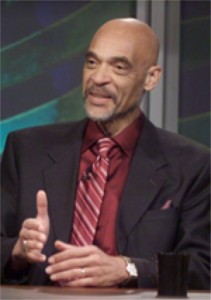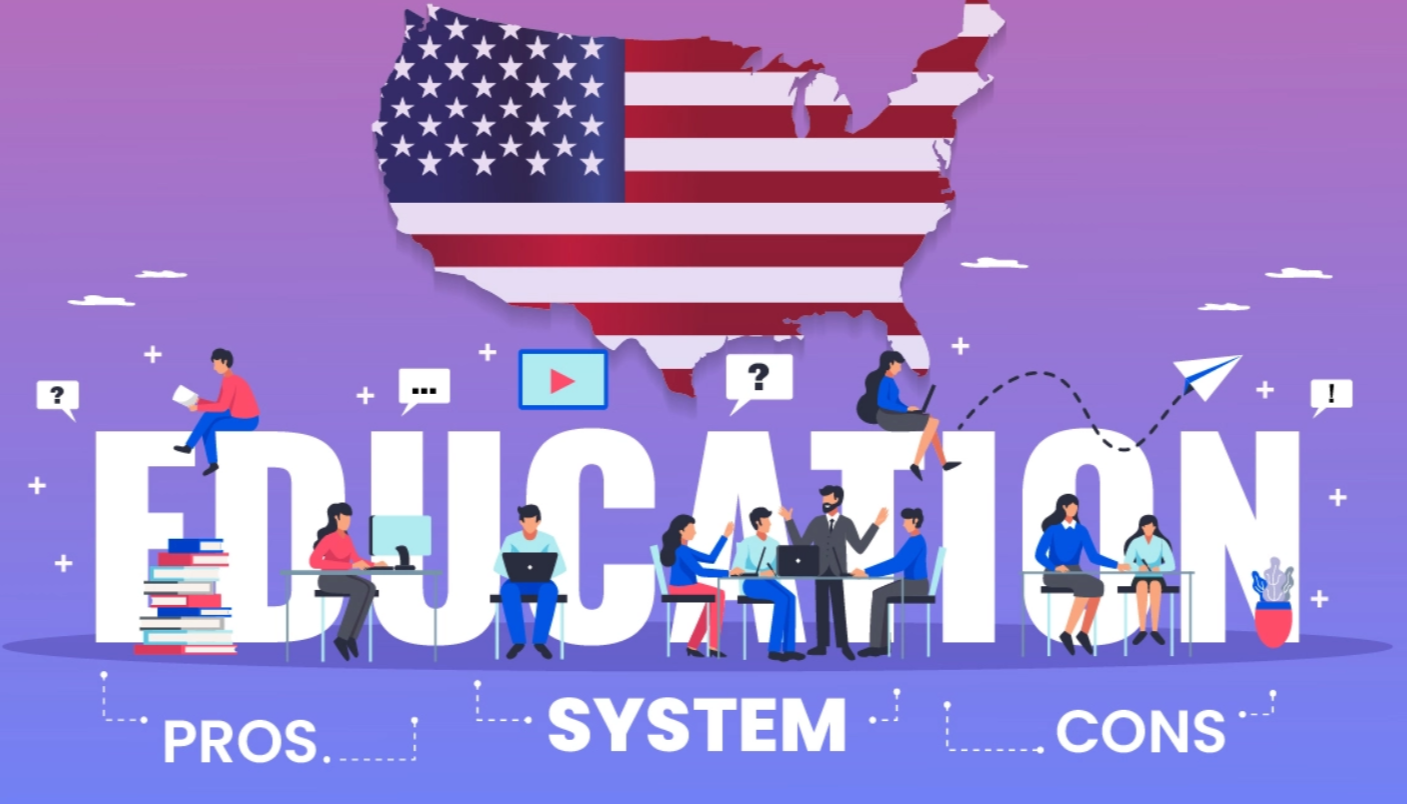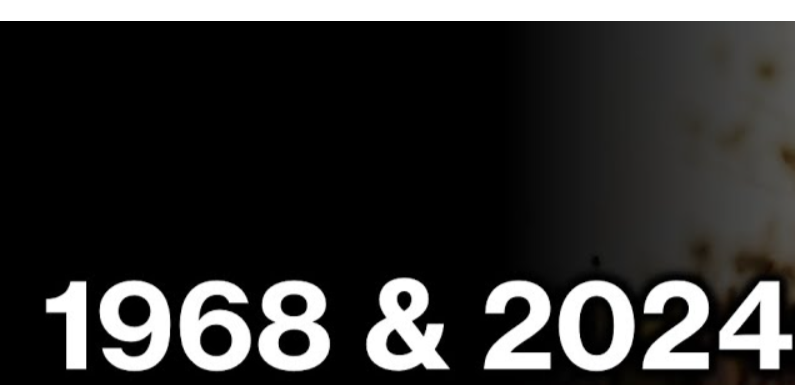(ThyBlackMan.com) The tale of FBI informant Ernest Withers is now well known. He spent years busily snapping photos of many major civil rights happenings, actions, and doings of civil rights leaders, most notably Dr. Martin Luther King Jr. He got close-up shots of them because either through disinterest, Wither’s flattery, or simply naivety, they trusted him to record their sometimes most intimate moments. While Withers snapped away, he dutifully reported everything he saw and heard to his FBI handlers.
Withers was hardly an isolated case, of a warped, greedy, low life Judas. The woods were full of men and women like Withers then. They were made possible not solely as the standard story line suggests by a corrupt, paranoid  lawless, FBI that was intent on duping, snooping, hectoring, harassing, disrupting, and generally making life hell for civil rights leaders, and organizations during the turbulent 1960’s. But because they had the tacit blessing of three Presidents John F. Kennedy, Lyndon Johnson and Richard Nixon who firmly believed that the battle to nail domestic subversives — that is, communists, socialists, black nationalists, Black Panthers and civil rights leaders, most notably Martin Luther King Jr. — justified bending, twisting, and ultimately breaking the law and violating civil liberties.
lawless, FBI that was intent on duping, snooping, hectoring, harassing, disrupting, and generally making life hell for civil rights leaders, and organizations during the turbulent 1960’s. But because they had the tacit blessing of three Presidents John F. Kennedy, Lyndon Johnson and Richard Nixon who firmly believed that the battle to nail domestic subversives — that is, communists, socialists, black nationalists, Black Panthers and civil rights leaders, most notably Martin Luther King Jr. — justified bending, twisting, and ultimately breaking the law and violating civil liberties.
There is also ample evidence from the correspondence, internal memos, and discussions made public by historians and former White House staffers that Kennedy, Johnson and Nixon knew that moderate civil rights leaders, such as King, the man who was a particular focus of Wither’s camera lens, posed no real threat to the established order, yet they still winked and nodded as Hoover launched the super secret and blatantly illegal counterintelligence program, COINTELPRO, that targeted those leaders as well as thousands of innocent Americans during the 1960s. The mandate of the program, spelled out in the stacks of secret documents released by Senate investigators in 1976, was to “disrupt, misdirect, discredit, and neutralize” groups and individuals the FBI considered politically objectionable. Those targeted in nearly all cases were not foreign spies, terrorists, or individuals suspected of criminal acts.
The FBI patterned COINTELPRO on the methods used by its counterintelligence division and internal security sections during the 1940s and ’50s. The arsenal of dirty tactics used by the bureau included unauthorized wiretaps, undercover plants, agent provocateurs, poison-pen letters, black-bag jobs, and the compiling of secret dossiers. Driven by a grotesque mix of personal racism and paranoia, Hoover kicked the program into high gear in the 1960s. The FBI assembled thousands of “ghetto informants” like Withers and hundreds of FBI agents in a relentless campaign to harass and intimidate African-American groups. The FBI listed the targeted individuals under categories variously titled Rabble Rouser Index, Agitator Index or Security Index.
The results were immediate and devastating. Thousands lost their jobs, were expelled from schools, evicted from their homes and offices, and publicly slandered. Few of those individuals were indicted, convicted or even accused of any crime. FBI documents released in 1976 revealed that the agency devoted less than 20 percent of its spy activities to infiltrating organized crime or to solving bank robberies, murders, rapes and interstate theft. More than half of its spy targets were political organizations.
Hoover gave local FBI offices wide discretion to pick and choose their targets and the tactics they could use. The new guidelines, like the old FBI spy campaign, give local agents the same wide discretion to determine what groups or individuals it can investigate and what tactics they can use to investigate them.
With the death of Hoover in 1972 and congressional disclosure of the illegal program, the Justice Department assured the public that COINTELPRO was a thing of the past and that it had implemented ironclad control over FBI activities. It didn’t. During the 1980s, the FBI waged a five-year covert spy campaign against dozens of religious and pacifist groups and leaders that opposed American foreign policy in Central America. In the 1990s it mounted covert campaigns against civil rights, environmental, and anti-nuclear disarmament groups, as well as against Native American and Arab-American groups. The FBI tactics used against those groups were an exact repeat of the tactics that the 1970s guidelines had supposedly banned.
Bush gave the green light to the FBI in 2002 to again wage a free-wheeling campaign against those eyed as subversives, this time the new watchword was “terrorist.” The new guidelines again gave the FBI carte blanche to surveil and plant agents in, churches, mosques and, of course, political groups. They also permitted FBI agents to ransack the Internet to hunt for potential subversives. They could do all this without having to show probable cause of criminal wronging. Just as in the days of J. Edgar Hoover, the rules gave the FBI unbridled power to determine who and what groups and individuals it can target.
Withers was a pathetic, and now justly reviled figure who abused the trust of civil right leaders such as King to lie, distort, sow dissent, sully the civil rights cause. He didn’t succeed. But he and the thousands like him with the quiet blessing of the White House made spying, legal and illegal, on its citizens a shameful part of American life.
Written By Earl Ofari Hutchinson
Official website; http://twitter.com/earlhutchinson
















Leave a Reply